I’ve visited every US national park alone. Here are 10 mistakes I see first-time travelers make.
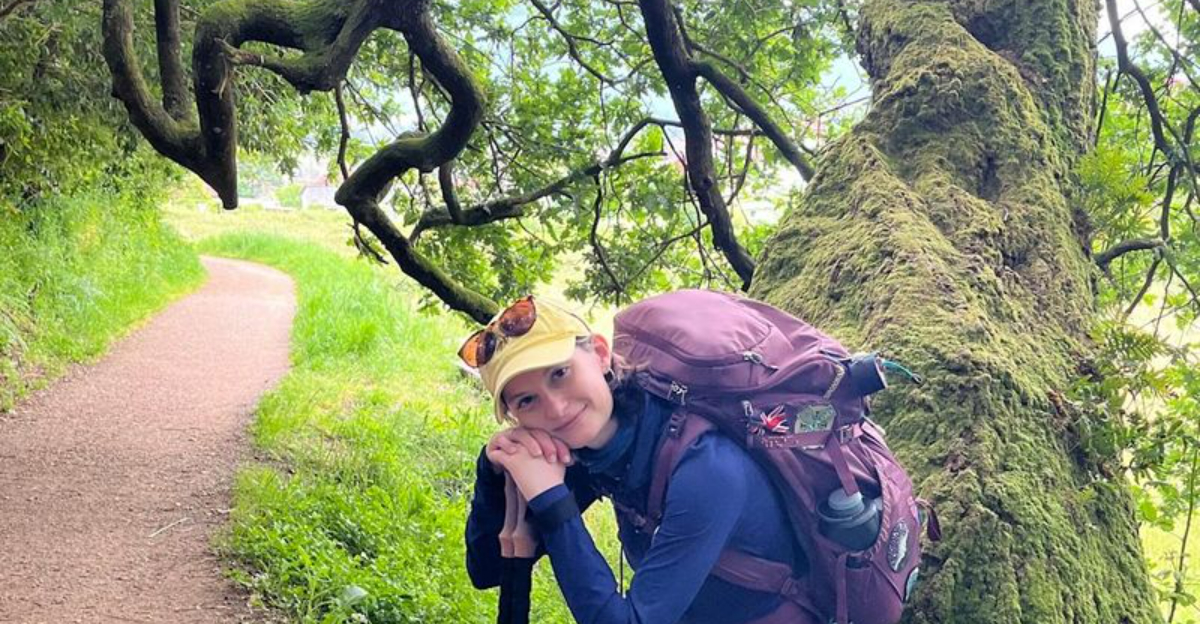
Exploring every US national park solo has been an adventure full of lessons. Along the way, I’ve noticed common mistakes that can turn an exciting trip into a frustrating one. From underestimating trail difficulty to not preparing for sudden weather changes, these missteps are easy to make.
Many travelers also overlook park regulations or fail to pack essentials, which can make all the difference. Avoiding these pitfalls will help ensure a smoother, safer, and more enjoyable experience in the great outdoors.
1. Underestimating Weather Conditions

If you’ve ever thought a sunny morning guarantees a clear day, you might be in for a surprise. Weather in national parks can change rapidly. It’s crucial to check forecasts and prepare for shifts. Packing layered clothing, a raincoat, and weatherproof gear will keep you comfortable.
When the skies darken unexpectedly, you’ll be grateful for that extra preparation. Different parks have various climates. During one of my visits, a sudden storm caught me off guard.
Hence, being prepared means fewer interruptions in your exploration and more time enjoying the park’s wonders.
2. Ignoring Park Rules
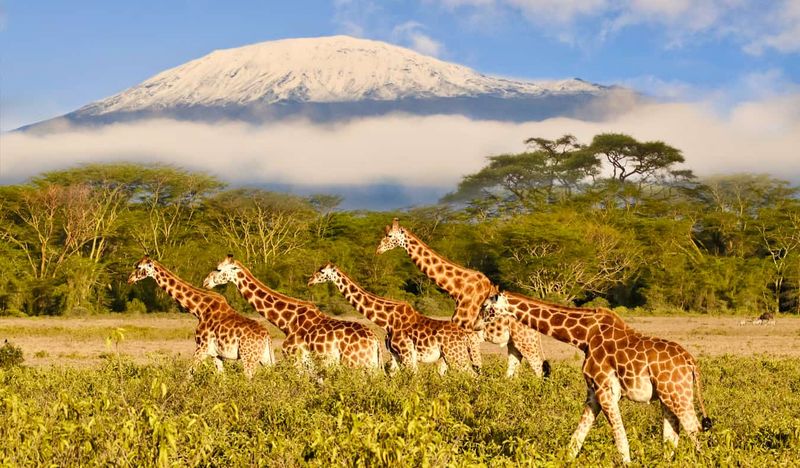
How often do you skip the fine print? Ignoring park rules is a common mistake. These guidelines exist for safety and preservation. Leaving marked trails or feeding wildlife might seem harmless. It’s not just about following rules, it’s about respecting nature.
Where paths are marked, animals have their space. Did you know feeding squirrels can make them reliant on human food? Understanding these nuances ensures you don’t disrupt the ecosystem.
When you follow the rules, you contribute to conservation efforts and protect the park’s natural beauty for future visitors.
3. Overpacking Gear

There’s a tendency to pack everything ‘just in case.’ Overpacking can weigh you down. I’ve seen many first-timers struggle with bulky backpacks, missing the joy of exploration.
How do you know what to pack? Focus on essentials like water, snacks, a first-aid kit, and navigation tools. It’s all about balancing preparedness with practicality. When your load is lighter, your steps are easier. This simple adjustment can transform your park experience.
You’ll find yourself more energized and less burdened, ready to fully immerse in the natural surroundings of each park.
4. Lack of Research
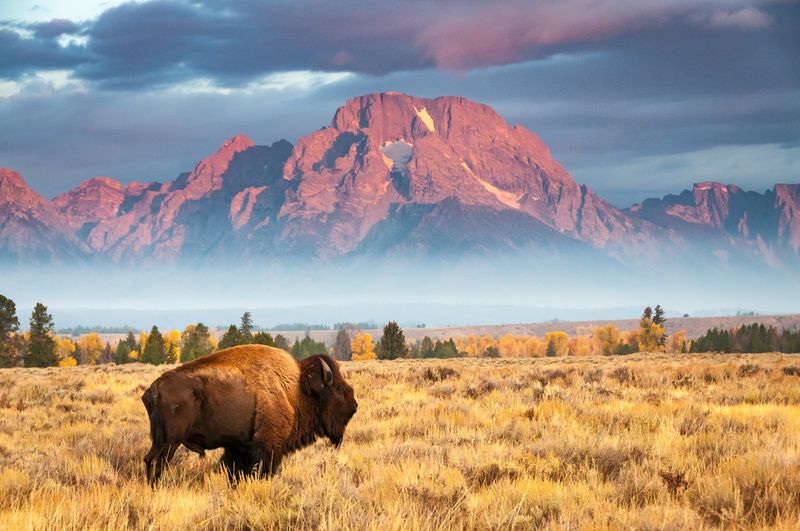
Where’s the map? Heading to a park without research can leave you lost. Understanding the park’s layout, highlights, and trails enhances your visit. Some travelers think spontaneity adds excitement. While that’s true, knowing park hours, trail difficulties, and must-see spots adds depth.
Did you know some parks require permits for certain areas? Planning ensures you make the most of your time. When you’re informed, you navigate with confidence. This proactive approach prevents missed opportunities and enriches your national park adventure, turning confusion into clarity.
5. Not Staying Hydrated

It’s surprising how easy it is to forget hydration while engrossed in nature. Many underestimate how much water they need. Dehydration can hit quickly, especially in sunny, dry parks. Always carry a reusable water bottle.
Are you hiking? Then, bring more than you think you’ll need. Water sources aren’t always available. I learned this the hard way during a desert park visit. When you stay hydrated, your energy levels remain high.
This small habit makes your experiences more enjoyable and safe, ensuring you’re ready for each trail and vista.
6. Starting Too Late in the Day
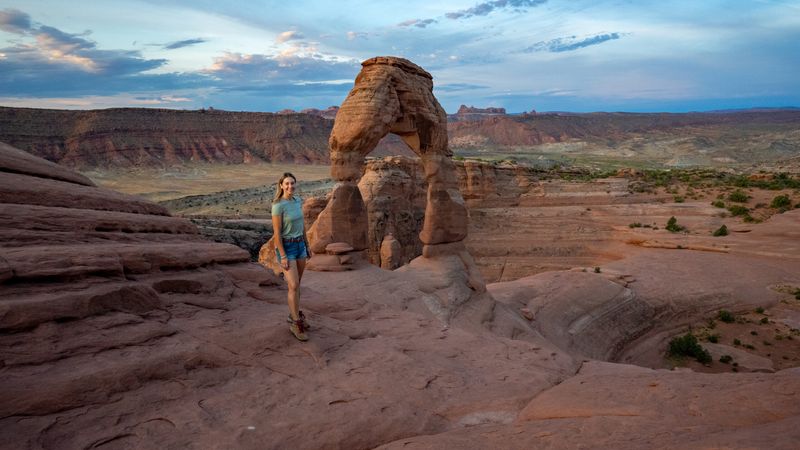
Delayed starts can limit your park experience. When you begin your day late, you miss cooler morning hours and quieter trails. Arriving early gives you a head start. You’ll find parking easier and trails less crowded. How does this affect your visit? The tranquility of a morning hike is unmatched.
When I arrived late at one park, my plans were rushed. This taught me that early starts maximize enjoyment. Embrace the stillness and beauty of sunrise. You’ll experience the park in a unique light, enhancing your adventure and memories.
7. Skipping Visitor Centers
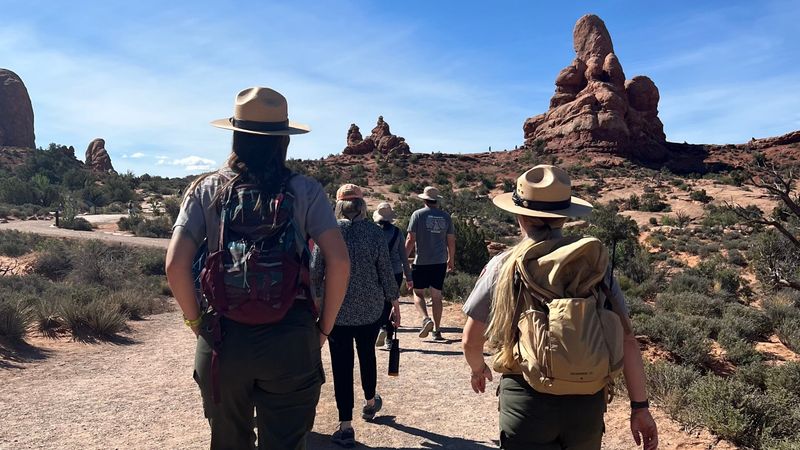
Did you bypass the visitor center? It’s a mistake to skip these hubs of information. Visitor centers offer insights into park history, wildlife, and current conditions. They’re your source for maps and advice from rangers. Engaging with the center enhances understanding.
Where else can you learn about park events and safety alerts? During my journeys, these centers were invaluable. They provide context and enrich your experience. When you take the time to stop by, your visit becomes more informed and meaningful.
You’ll leave with knowledge and memories that go beyond the trails.
8. Forgetting Emergency Essentials
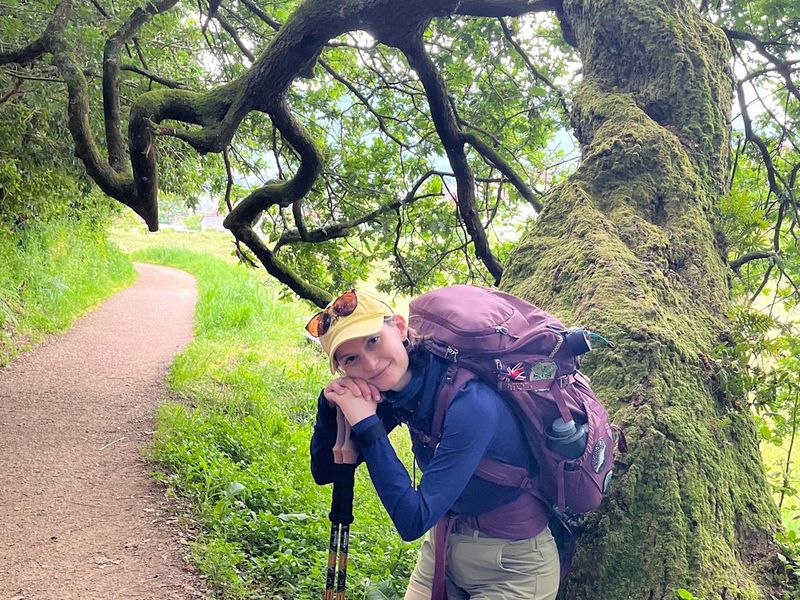
How prepared are you for mishaps? Forgetting emergency essentials is risky. I’ve seen travelers overlook first-aid kits or emergency contacts. It’s easy to assume nothing will go wrong. However, carrying a basic first-aid kit can be a lifesaver.
Where accidents happen, you’re ready. What’s more, knowing emergency contacts ensures quick help. When you prepare for the unexpected, peace of mind follows. Your safety is paramount. This foresight allows you to explore confidently.
Remember, it’s better to have essentials and not need them than to need them and not have them.
9. Neglecting Wildlife Awareness
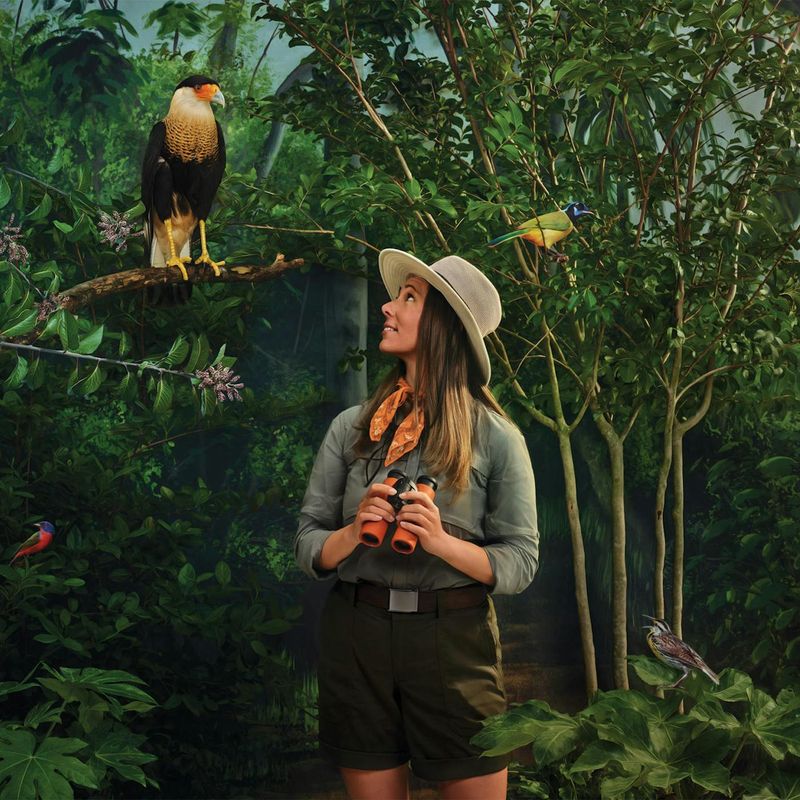
Are you aware of your surroundings? Neglecting wildlife awareness is a common blunder. Parks are homes to various creatures. I’ve seen visitors too focused on their cameras, missing warning signs. It’s not just about seeing animals.
Understanding behavior and maintaining distance is vital. When you respect wildlife, you ensure both their safety and yours.
Did you know certain animals are more active at dawn? Awareness enhances safety and enriches your experience. By observing from afar, you enjoy wildlife without interference. This balance of curiosity and caution makes your visits memorable.
10. Underestimating Trail Difficulty
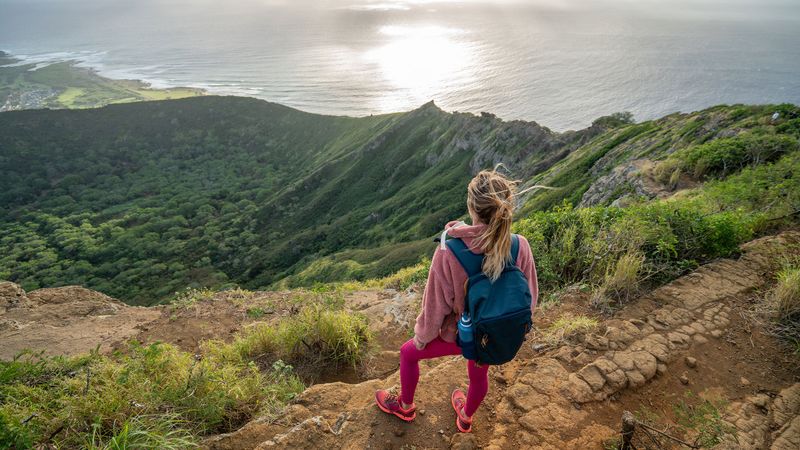
This trail looks easy, you think. However, underestimating trail difficulty can lead to exhaustion. Parks offer a range of trails. Understanding your fitness level and the trail’s demands is key. On one hike, I learned this the hard way.
The climb was more challenging than anticipated. Knowing your limits prevents overexertion. Consider trail length and elevation gain. When you choose appropriately, your hikes become enjoyable challenges rather than grueling tasks.
Preparation ensures you savor the views without fatigue. This thoughtful approach transforms your park adventures into rewarding experiences.
